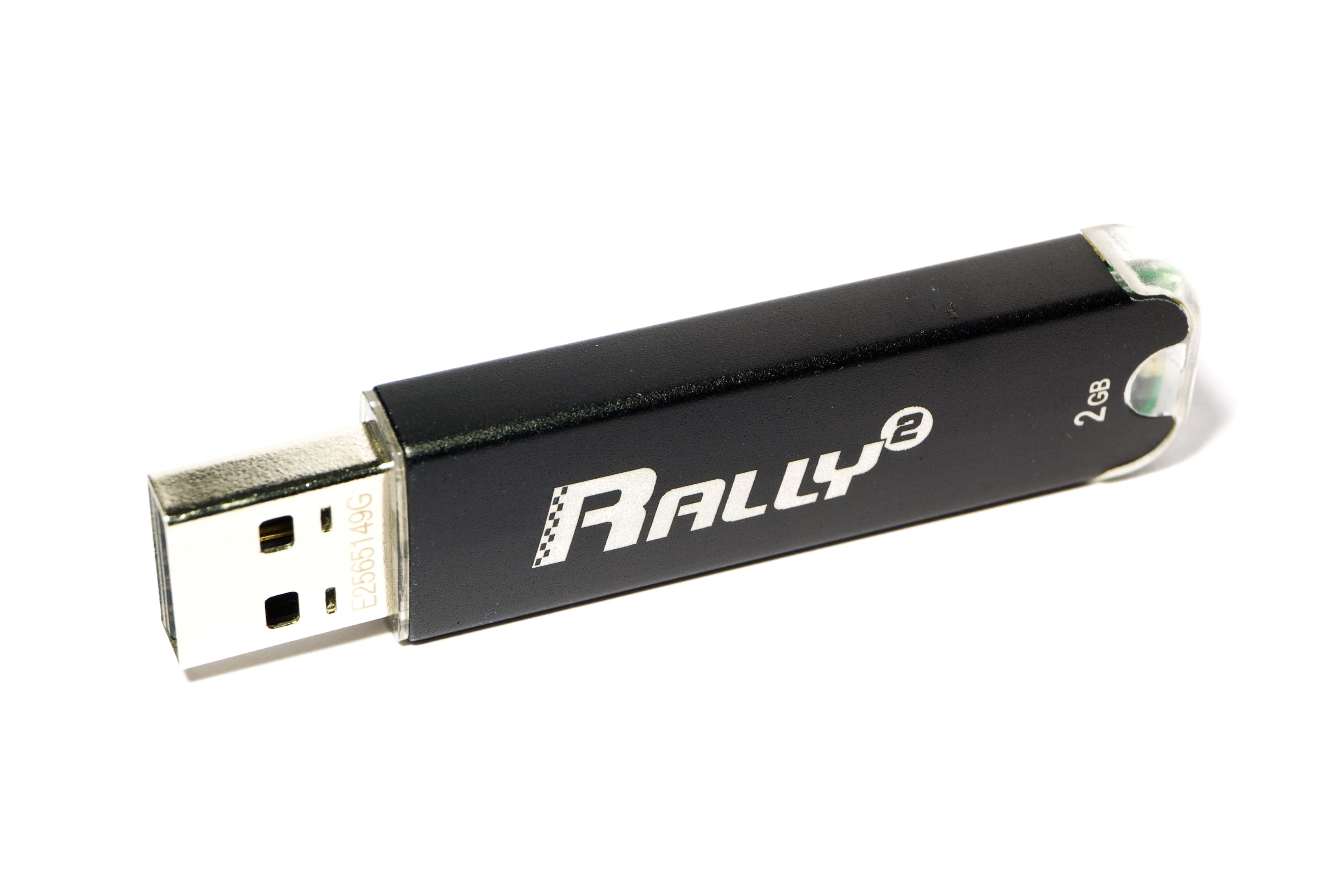
The new Gen 2×2 and 2×1 mode also reduce the overhead from 20% to just 3% with the USB 3.2’s new 128b/132b encoding scheme hence, you see better effective throughput. But your mileage may vary depending on the system. When taking into account protocol overheads, latency, and flow control, the fastest USB 3.2 Gen 1 device should operate at near 450Mbytes per second whereas a USB 3.2 Gen 2×1 device – in best case scenario – should perform at 1.1Gbytes per second under ideal conditions. USB 2.0 is still widely used it delivers both Hi-Speed and Full-Speed modes that operate at 480Mbps and 12Mbps respectively. In the real world, we’ve seen first generation USB 3.2 Gen 2×1 (aka SuperSpeed USB 10Gbps) SSD from Crucial manages to push the real-world performance close to 800MBps (or 6.4Gbps) whereas USB 3.2 Gen 1 (aka SuperSpeed USB 5Gbps) equivalent can reach close to 400MBps (or 3.2Gbps). It can also work with either legacy USB 3.0 Type-A or USB-C cables. The maximum theoretical data transfer is 5Gbps.

The latest USB specification brings us four speeds altogether and they are as follows: Now that the original USB 3.0 has received two major updates, we are now at USB 3.2.

This is largely due to the fact that each new USB standard absorbs all previous 3.x specifications and at the same time gives them new monikers.

Since the introduction of USB 3.0, making sense of USB marketing names has been a source of frustration for consumers.


 0 kommentar(er)
0 kommentar(er)
